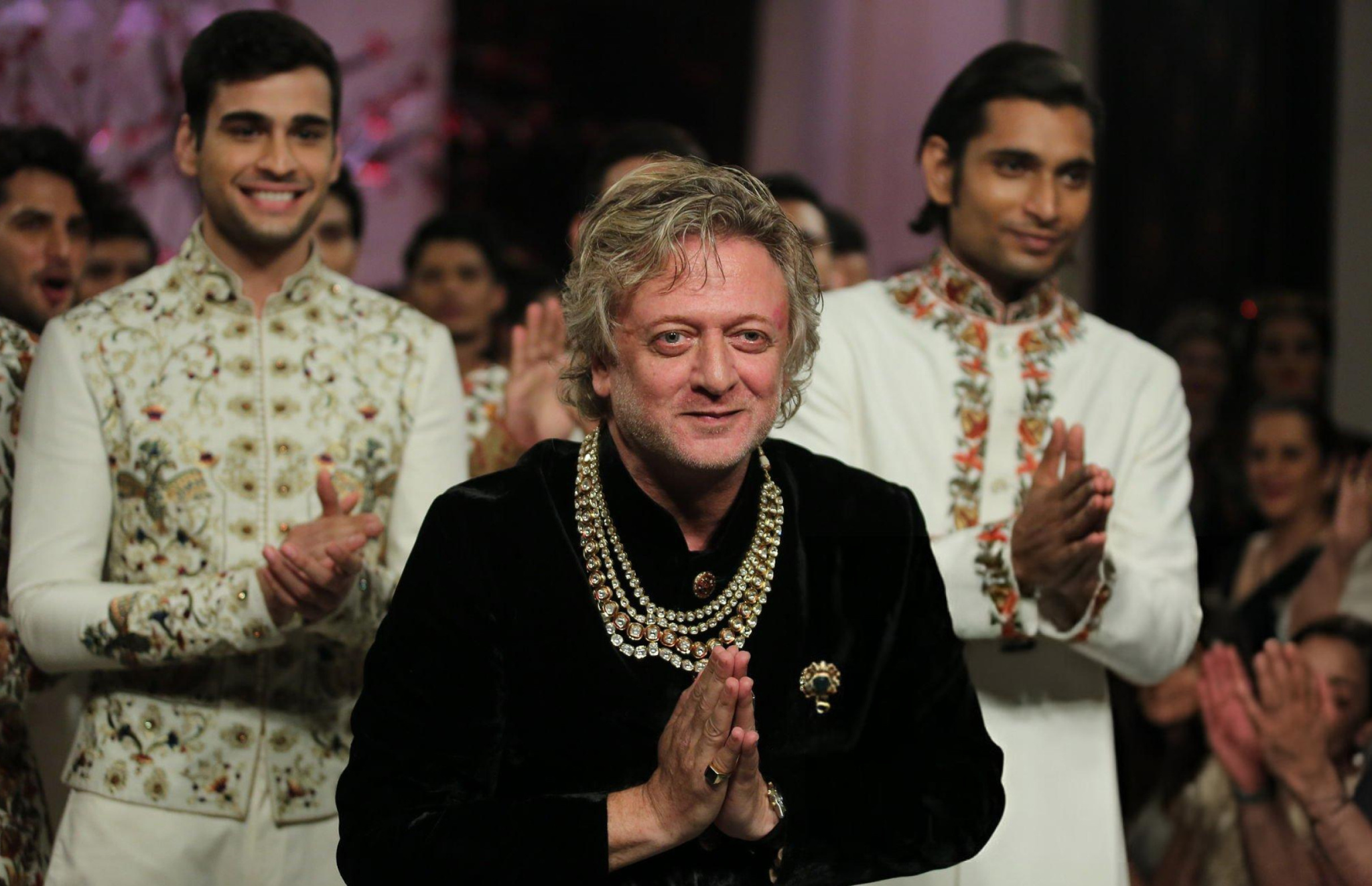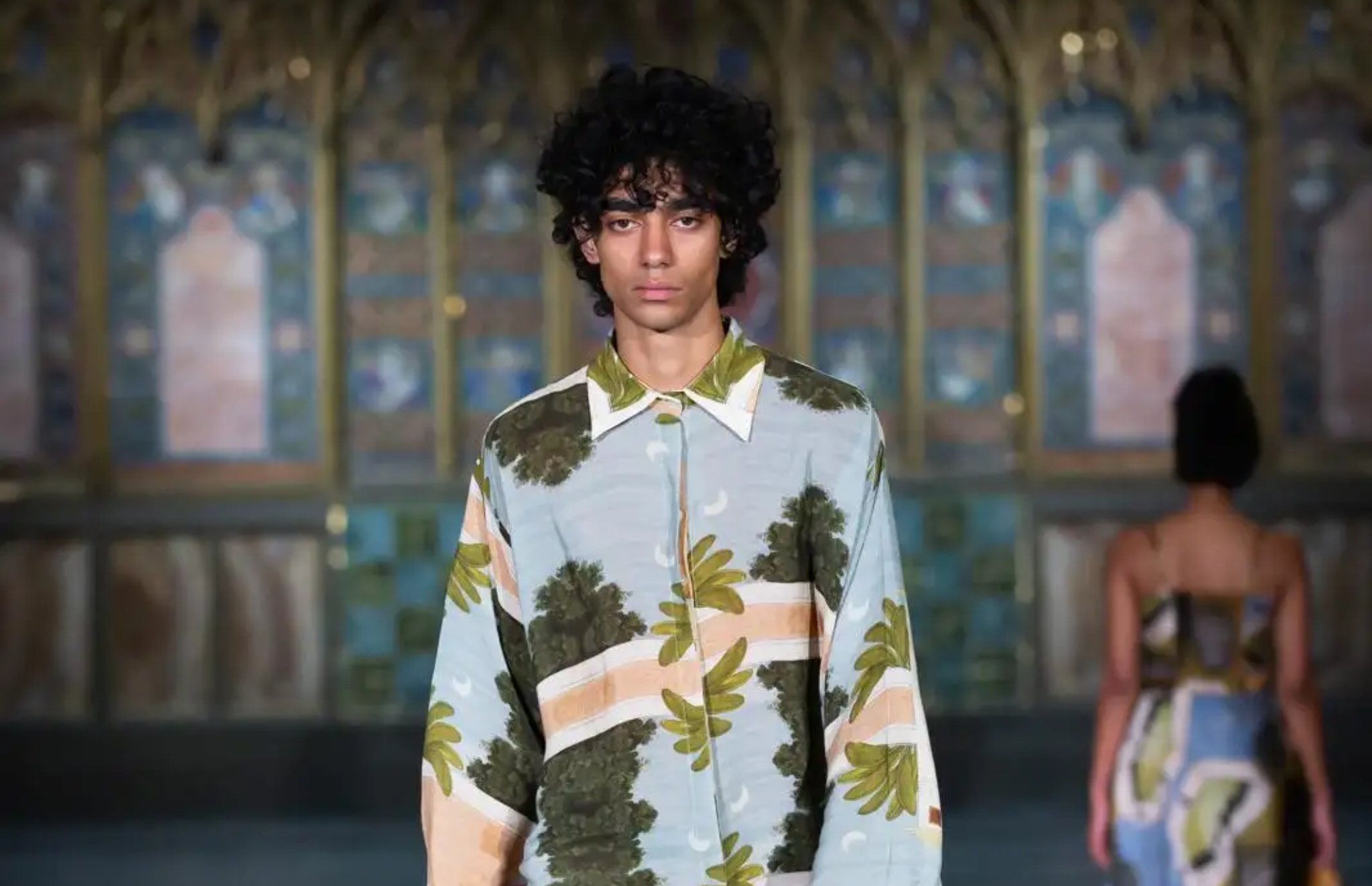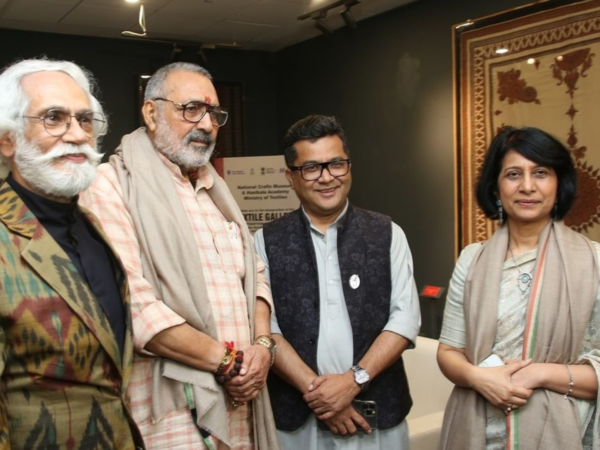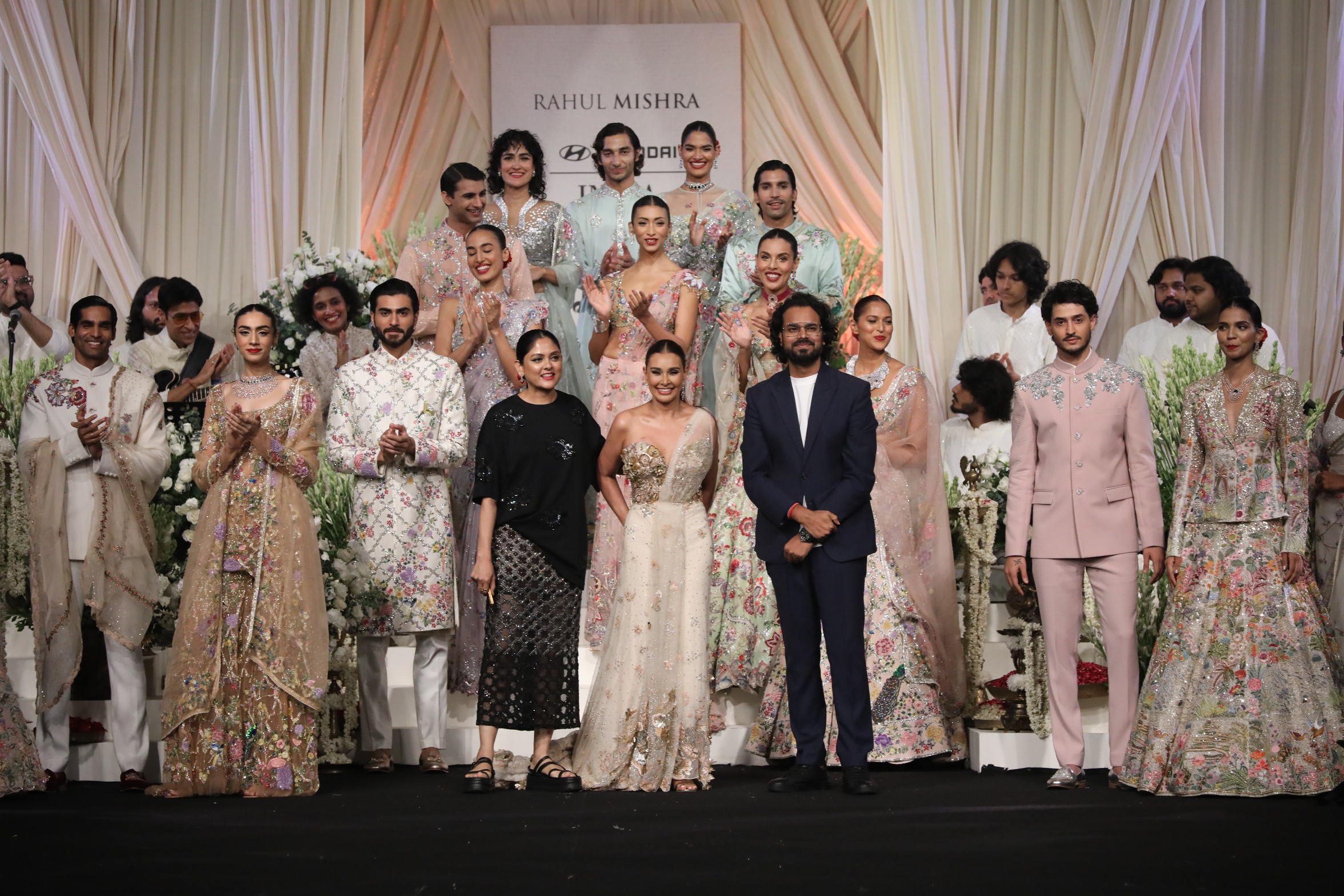Thierry Mugler: Couturissime was the very first retrospective that investigated the astounding and fierce realm of French designer and revolutionary, Thierry Mugler. This exhibit displayed more than a hundred ensembles, many of which are being showcased for the first time, and included stage costumes, images, motion pictures, and several other never published archival materials. Accessories, sketches, and an individual exhibit dedicated to scents were also part of the grandiose exhibition.
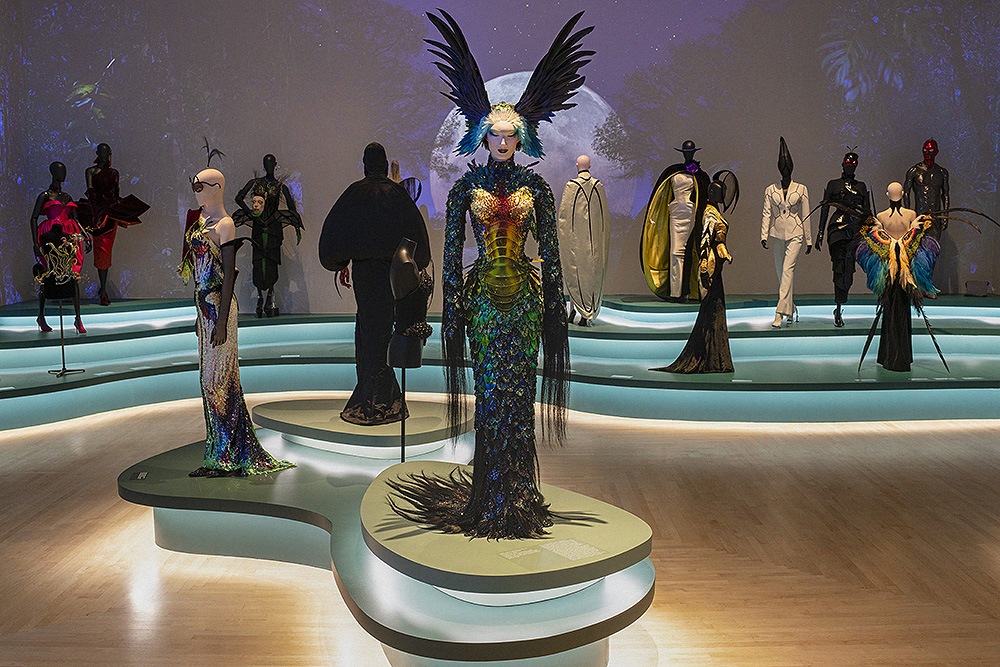
Thierry Mugler: Couturissime, organised by the Montreal Museum of Fine Arts, subsequently modified for the Brooklyn Museum by the exhibition’s Curator, Thierry-Maxime Loriot, and Matthew Yokobosky, Senior Curator of Fashion and Material Culture at the Brooklyn Museum, finally concluded on May 7, 2023, albeit not without leaving a mark on fashion history evidencing just how efficiently Mugler ameliorated the effects of design theft in the industry with a new wave of avant garde designs and grandiose silhouettes.


Thematically, the exhibition was framed to underline Mugler’s enthusiasm for romanticism, imaginings, and the cosmos as a whole. The visual effects brought to life Mugler’s extravagance that adorned Comédie-Française’s stage adaptation of La Tragédie de Macbeth, which debuted at the 1985 Festival d’Avignon and ran for seven consecutive nights, to be restaged in Paris shortly after.
The dress worn by Lady Macbeth is a gilded cage with an astonishing self-supporting metal framework which unfolds to display the queen wearing a plain chiffon gown without her overpowering platform shoes. The three witches are dressed in exquisite Renaissance-style costumes with enormous scalloped satin ruffs that resemble guillotine blocks. Their dresses- ripped and burnt, to replicate the scorched appearance of the blazing bundles of sticks that follow behind.
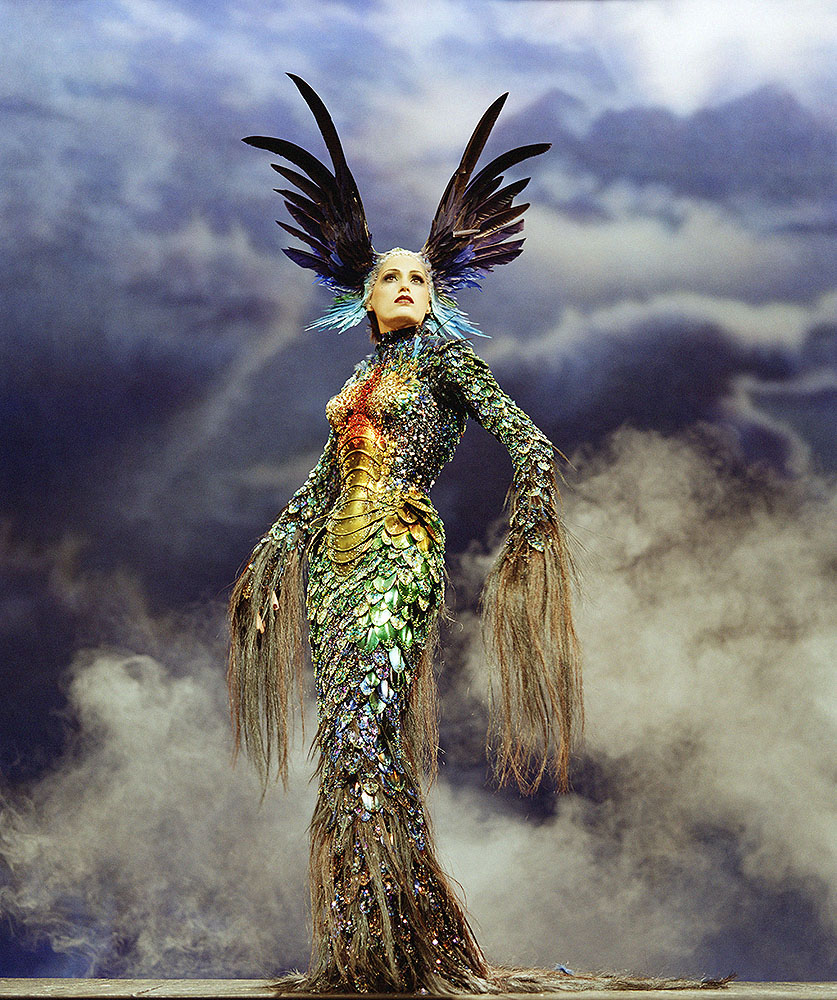
Mugler stimulated the renewed popularity of the art of haute couture in the 1980s and 1990s with his audacious archives and theatrical designs that featured the most celebrated models of the day in opulent settings. The design aesthetic he created continues to fascinate the next generation of designers presently, and this landmark exhibition has etched Mugler’s brilliant expression and sophisticated designs.
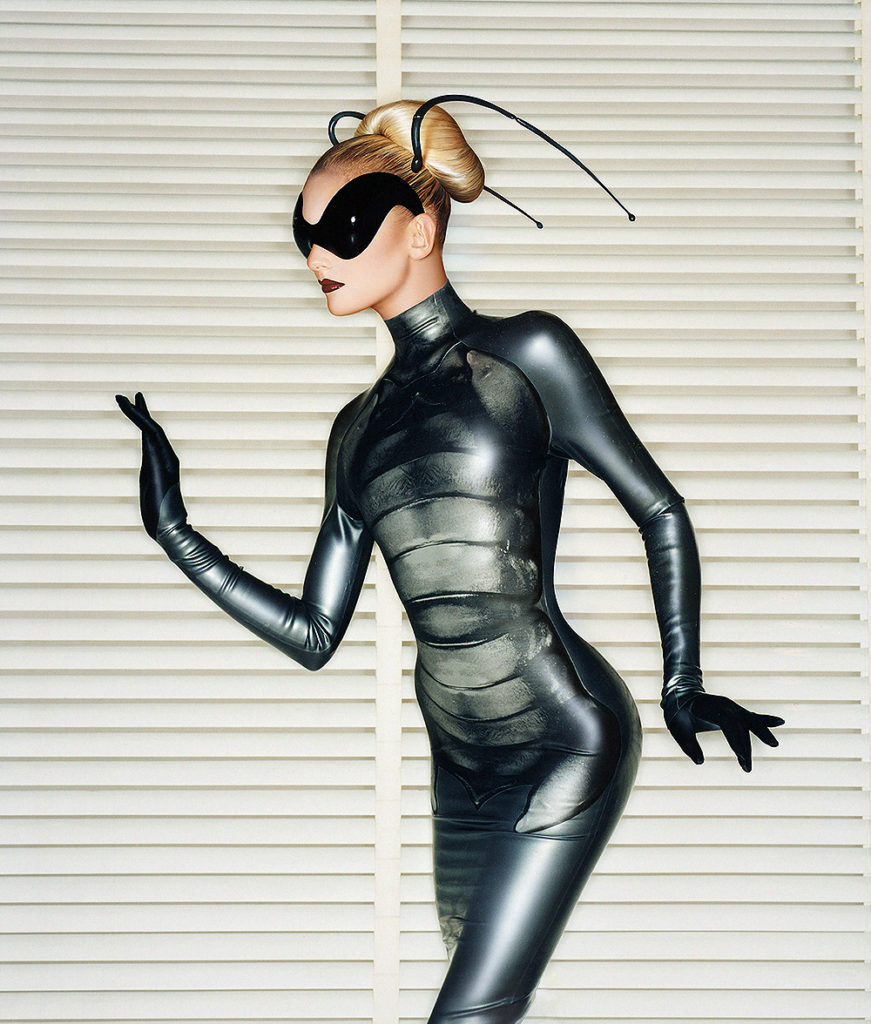
“His singular style found a place in the history of fashion that still has a powerful influence on today’s generation of couturiers, not only because of its designs, but also because of the strong message of inclusivity, diversity, and empowerment in his body of work”, remarked Thierry- Maxime Loriot.
Couturissime lauded Mugler for his modernist creations and pioneering designs that celebrated not just fashion but the art of storytelling simultaneously. Frequently alluded to possessing a “futuristic bent,” Mugler persevered with highly sophisticated fabrication and employing unconventional materials, like chrome, glass, latex, Plexiglas, PVC, and vinyl.
Mugler’s vision of empowering women was marked by corseted sharp silhouettes and distinctive patterns that has had an enduring impression on the upcoming generations of couturiers. The colossal-decorated embellishments and corseted boning of the stage costumes worked towards enhancing a model’s curvature, as Mugler orchestrated them so.
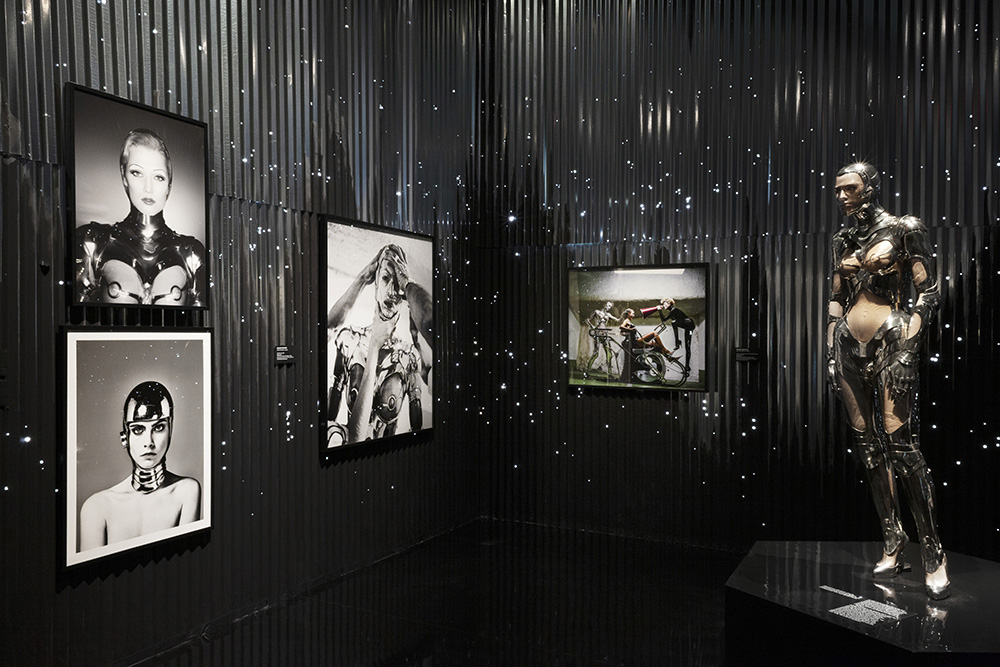
With contributions by an array of artists and photographers, such as Lillian Bassman, Guy Bourdin, David LaChapelle, Sarah Moon, Pierre et Gilles, and Ellen von Unwerth, Couturissime additionally addressed the vitality of fashion photography. It highlighted Mugler and Helmut Newton’s longstanding partnership with 23 of Newton’s pictures being exhibited.
As a complement to Mugler’s fashion ideas, especially his much appreciated “fembot couture”, Newton captured women with fastidious care, making them look seductive in a very boisterous light. His images transcended conventional story structures and mingled sensitivity and stylistic grace.


Mugler’s magnum opus, Maschinenmensch, first exhibited in 1995 is a very extensively embellished robotic armour ensemble which took months of intricate work to fabricate. The costume was meant to pay homage to the characterisation of Futura from Fritz Lang’s most appreciated silent film Metropolis released in 1927 which was known to be one of the pioneering examples of portraying dramatic irony of German Expressionism – perfectly encapsulated in Mugler’s mise en scene.
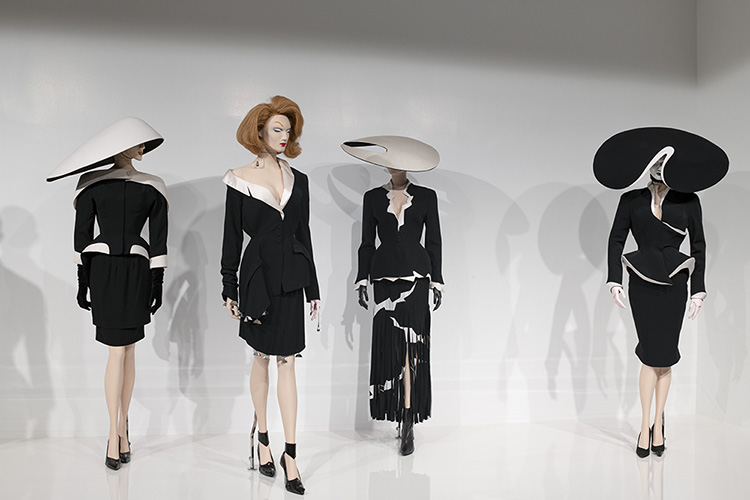
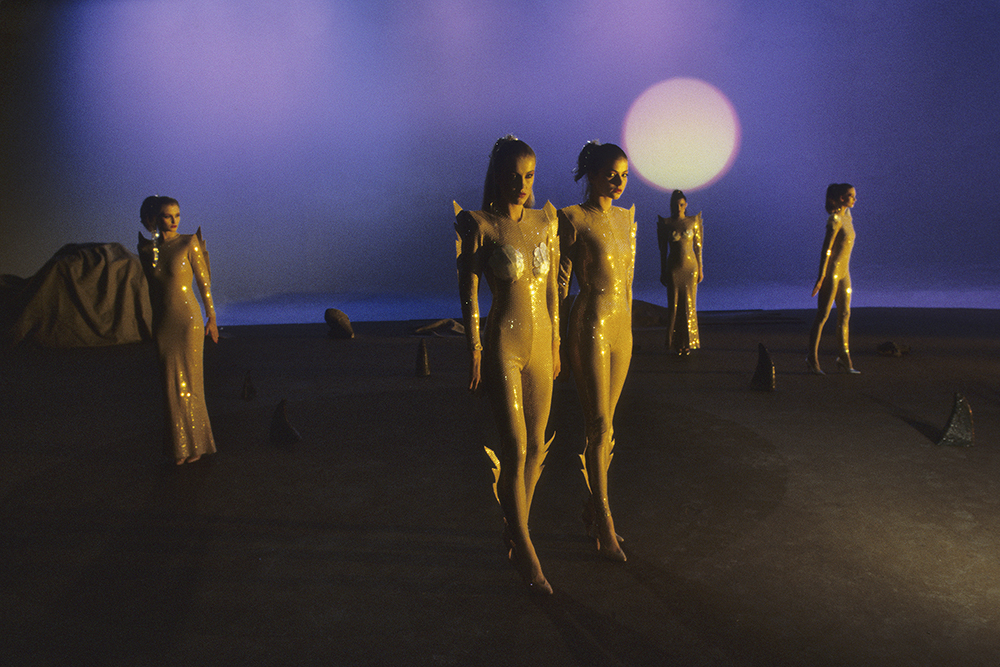
As a designer, Mugler embodied the archetypal image of the irascible, seductive, and revolting Artist. His vision of producing the unattainable drove him to transcend boundaries and he did so by building a new aesthetic from a blank slate. By emphasising the eroticism of the soul he drove away from the personified seduction of the body that most choose to capitalise on. He revolutionised fashion upon his entry into the industry and conceptualised a world that was a conjunction of a realm of fantasy, opulence, and innovative playfulness.
Text by Asmita Singh
Image Courtesy: Brooklyn Museum
Find out more about the Exhibition and the Designer:

